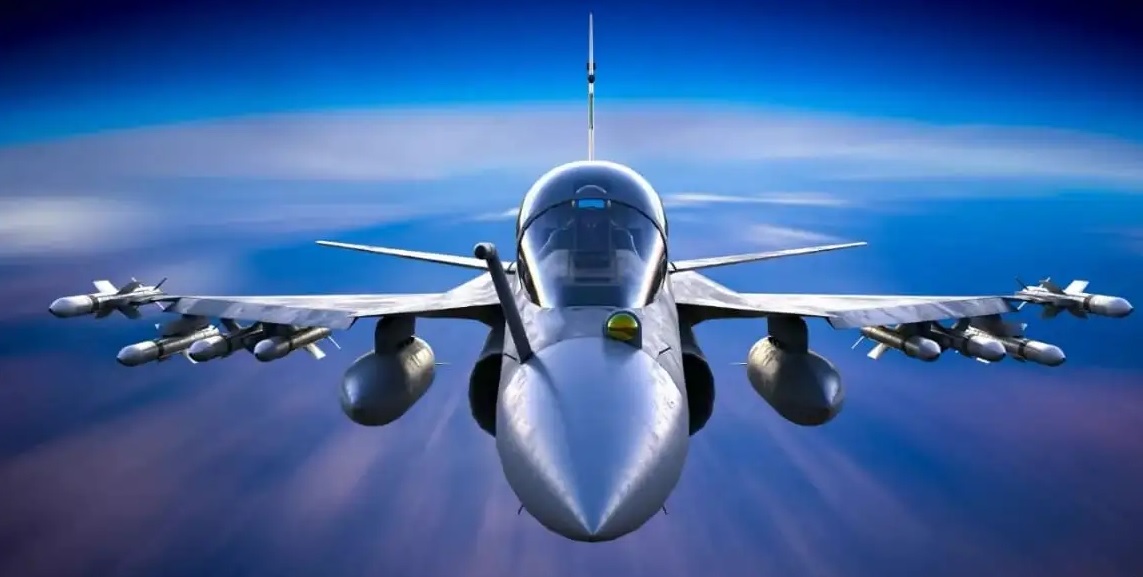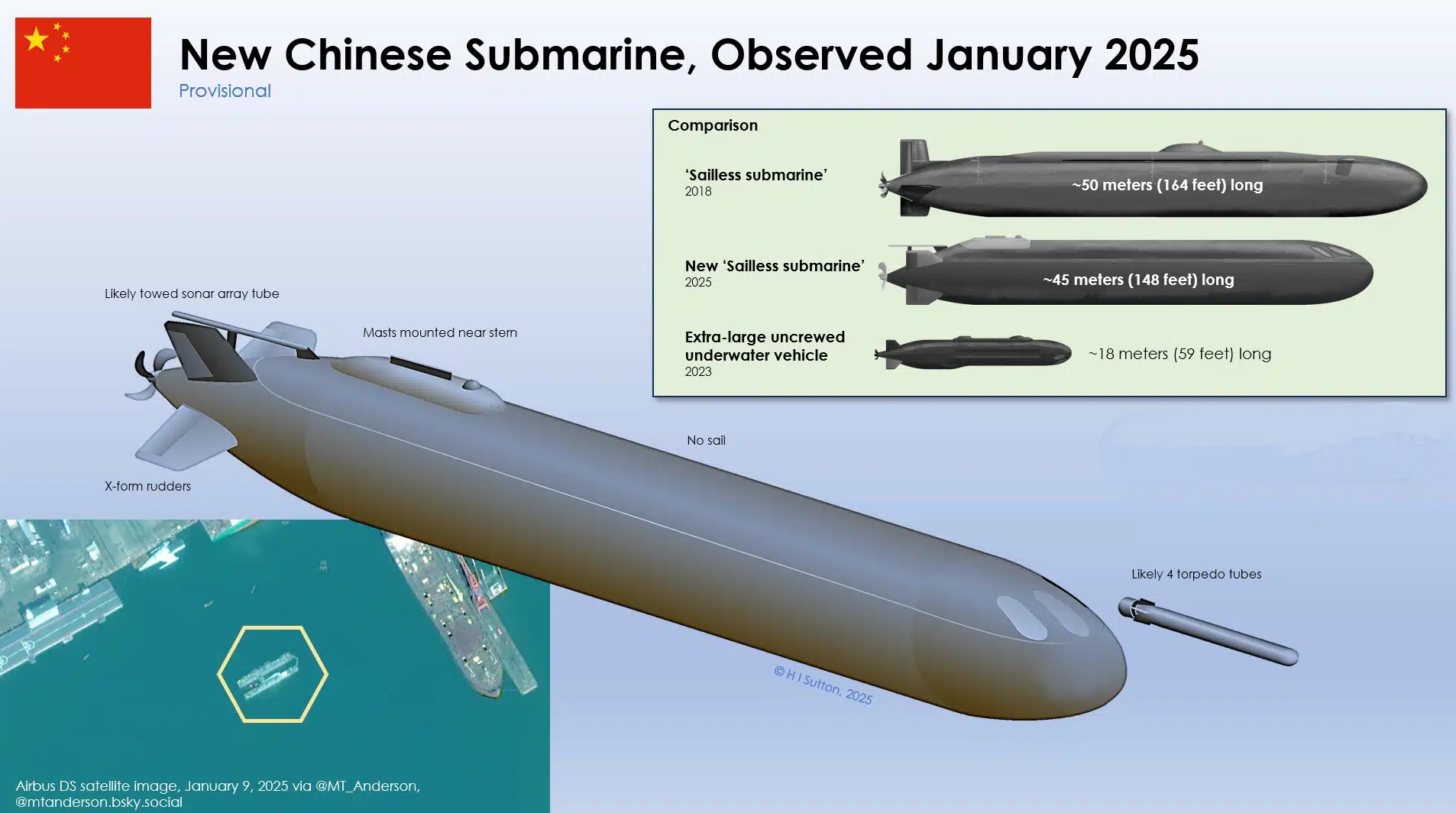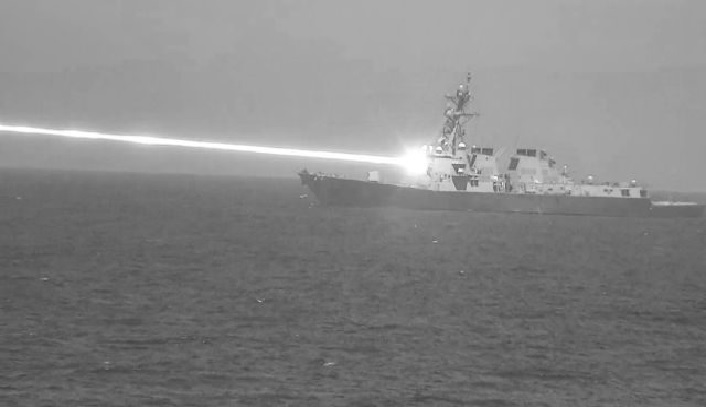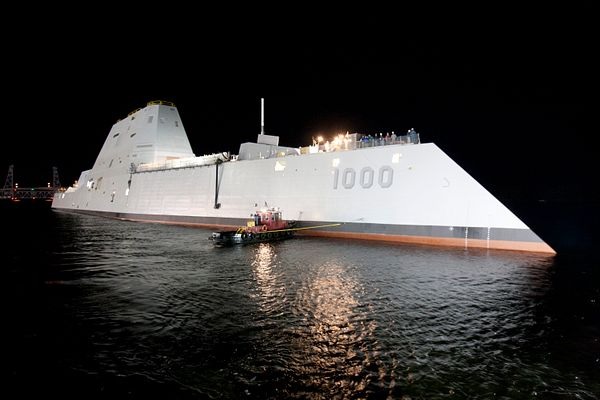Should Tejas Mk2 Have Been a Single-Engine Stealth Fighter? Debate on 4.5 Gen Design Sparks Interest

The Indian Air Force (IAF) is on a relentless mission to modernize its fighter jet fleet, and the ongoing development of the Tejas Mk2 has become a focal point of debate. Officially classified as a 4.5 generation fighter, the Tejas Mk2 is designed to bridge the gap between the lightweight Tejas Mk1 and the ambitious fifth-generation Advanced Medium Combat Aircraft (AMCA). However, a growing chorus on X (formerly Twitter) questions whether the Tejas Mk2 should have taken a more forward-looking approach by adopting stealth-inspired, fifth-generation features akin to the AMCA.
A Case for a Fifth-Generation Tejas Mk2
Supporters of a fifth-generation Tejas Mk2 envision a single-engine stealth jet that could capitalize on India's investments in the AMCA program. They point out that a stealth-oriented Tejas Mk2 would have several advantages:
- Cost Efficiency: A single-engine, stealth-focused Tejas Mk2 would be significantly cheaper to produce and operate than the twin-engine AMCA. This cost advantage could increase affordability for the IAF and enhance export potential for friendly nations looking for budget-friendly yet capable fighters.
- Shared Technology: Drawing heavily from the AMCA's stealth design, advanced avionics, and radar-absorbent materials, a fifth-generation Tejas Mk2 could save on research and development costs. This approach could foster a unified operational philosophy for India's future fighter jets.
- Strategic Flexibility: A stealth-capable Tejas Mk2 could serve dual purposes: meeting the IAF's Medium Multi-Role Combat Aircraft (MMRCA) requirements and acting as an interim fifth-generation fighter until the AMCA achieves operational readiness.
Current Vision: Tejas Mk2 as a 4.5 Generation Fighter
Despite the appeal of a stealth-focused design, the Tejas Mk2 remains committed to a 4.5 generation architecture. This decision reflects a pragmatic approach, balancing technological ambition with operational and budgetary realities. Key specifications and upgrades of the Tejas Mk2 include:
- Engine: Powered by the GE F414 INS6 engine, capable of generating 98 kN of thrust, providing enhanced speed and maneuverability.
- Payload Capacity: Designed to carry up to 6,500 kg of armament across 11 hardpoints, significantly increasing its strike capabilities compared to the Tejas Mk1.
- Avionics: Equipped with advanced sensors, including an AESA radar, infrared search and track (IRST) system, and upgraded electronic warfare (EW) systems for superior situational awareness.
- Combat Range: With a combat range of 1,500 km and an extended ferry range of over 3,000 km, the Tejas Mk2 ensures greater reach for missions across diverse terrains.
- Airframe Improvements: A lengthened fuselage and larger wingspan enhance aerodynamic performance, stability, and fuel capacity.
Balancing Ambition and Pragmatism
The debate surrounding the Tejas Mk2 encapsulates a broader conversation within India's defense ecosystem about balancing ambition with realism. Developing a single-engine, fifth-generation stealth fighter akin to the AMCA would undoubtedly offer cutting-edge capabilities. However, it also brings challenges, including technical complexities, cost overruns, and extended development timelines.
The IAF's decision to retain a 4.5 generation design for the Tejas Mk2 reflects a calculated strategy. It allows the service to induct a more capable and affordable fighter in the near term while channeling resources and expertise into the AMCA, which remains India's flagship fifth-generation fighter program.
The Road Ahead
As the Tejas Mk2 moves toward its first flight, likely in 2025, it will play a pivotal role in augmenting the IAF's fleet with a modern, multi-role platform. Meanwhile, the AMCA continues its journey, with the first prototype expected by 2028 and induction planned in the early 2030s. While the idea of a stealth-inspired Tejas Mk2 remains a "what if," it highlights the growing aspirations of India's defense enthusiasts and underscores the importance of fostering innovation in indigenous aerospace technology.
The ultimate goal is clear: to create a robust ecosystem that balances immediate needs with long-term strategic objectives, ensuring India's airpower remains cutting-edge for decades to come.



